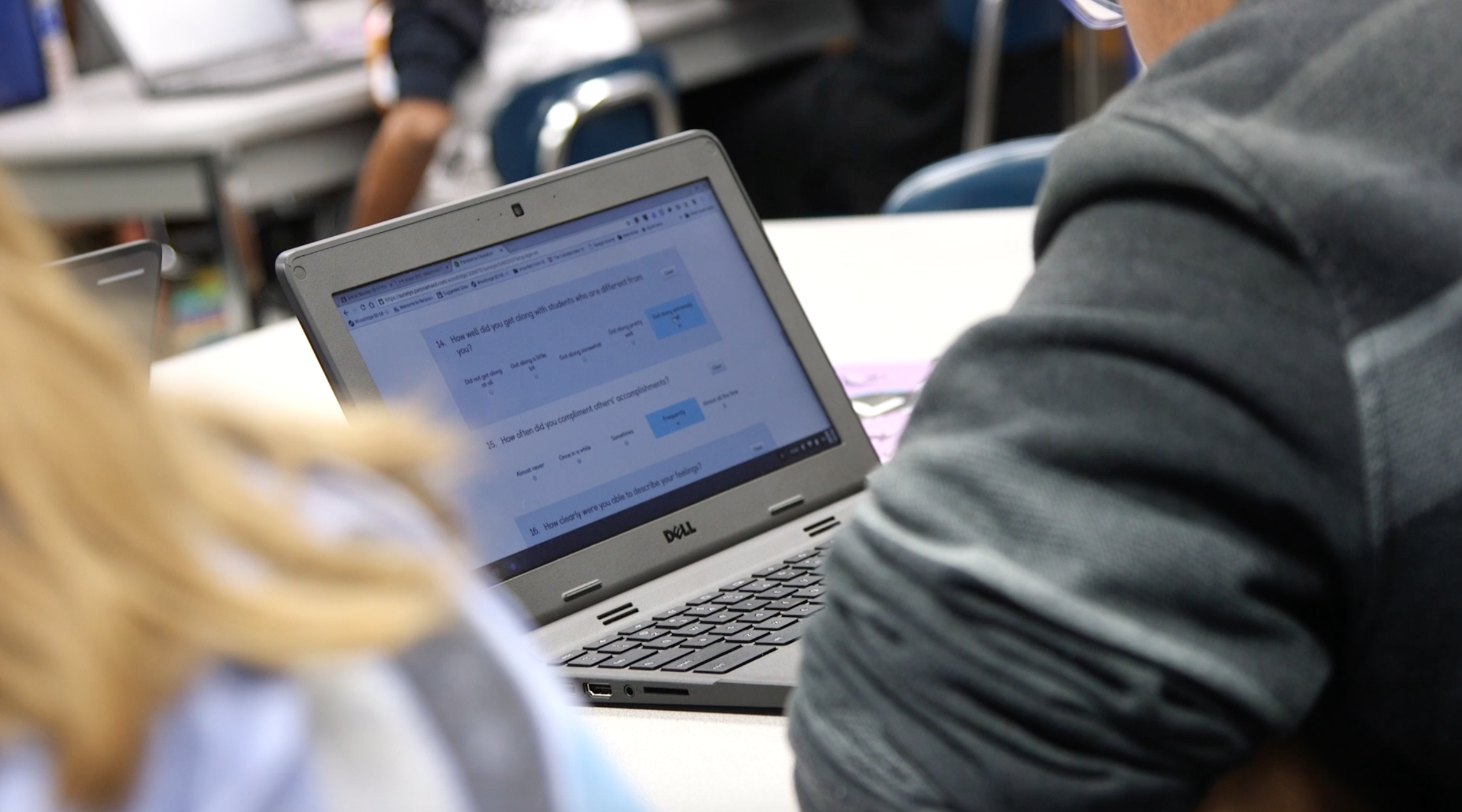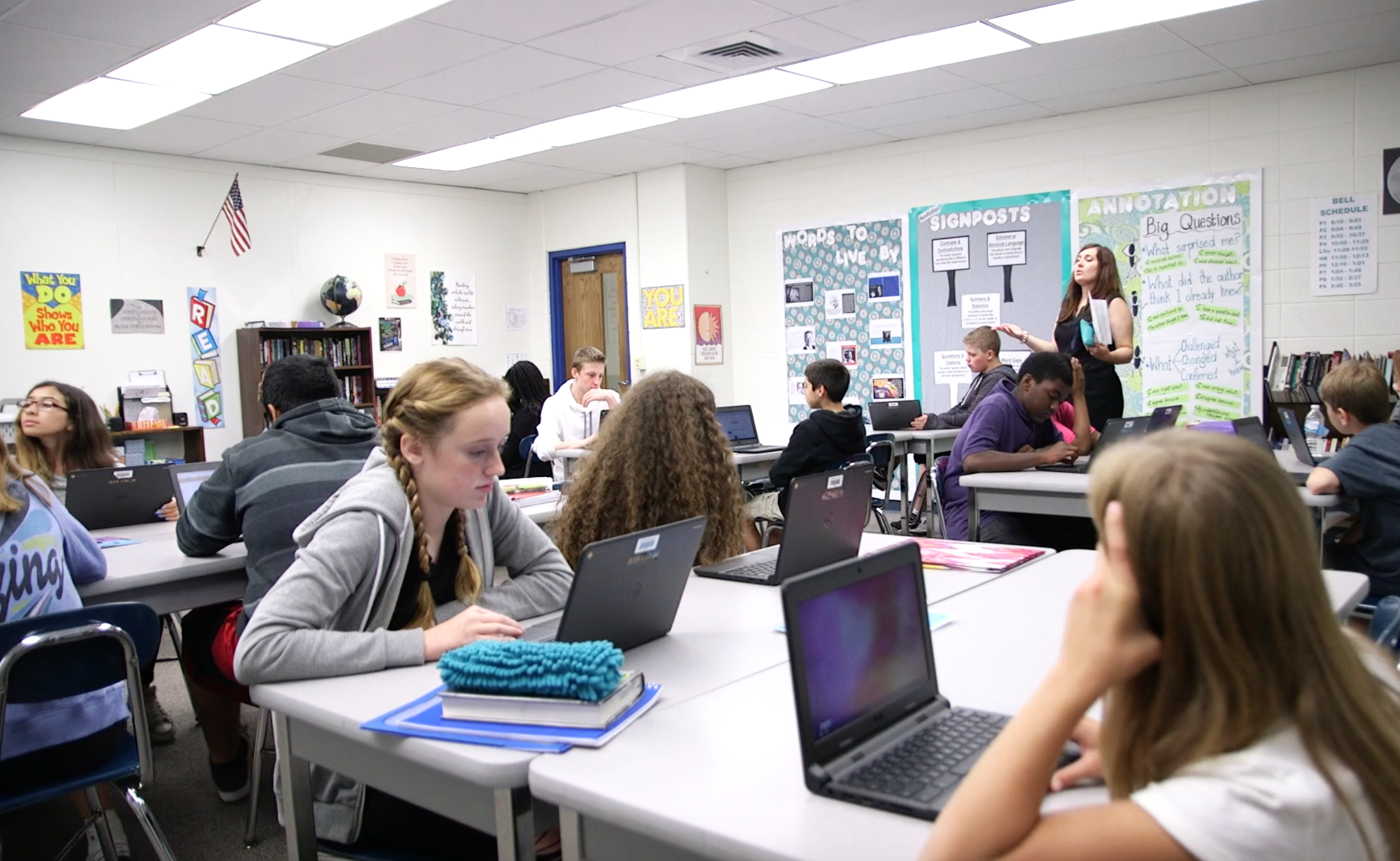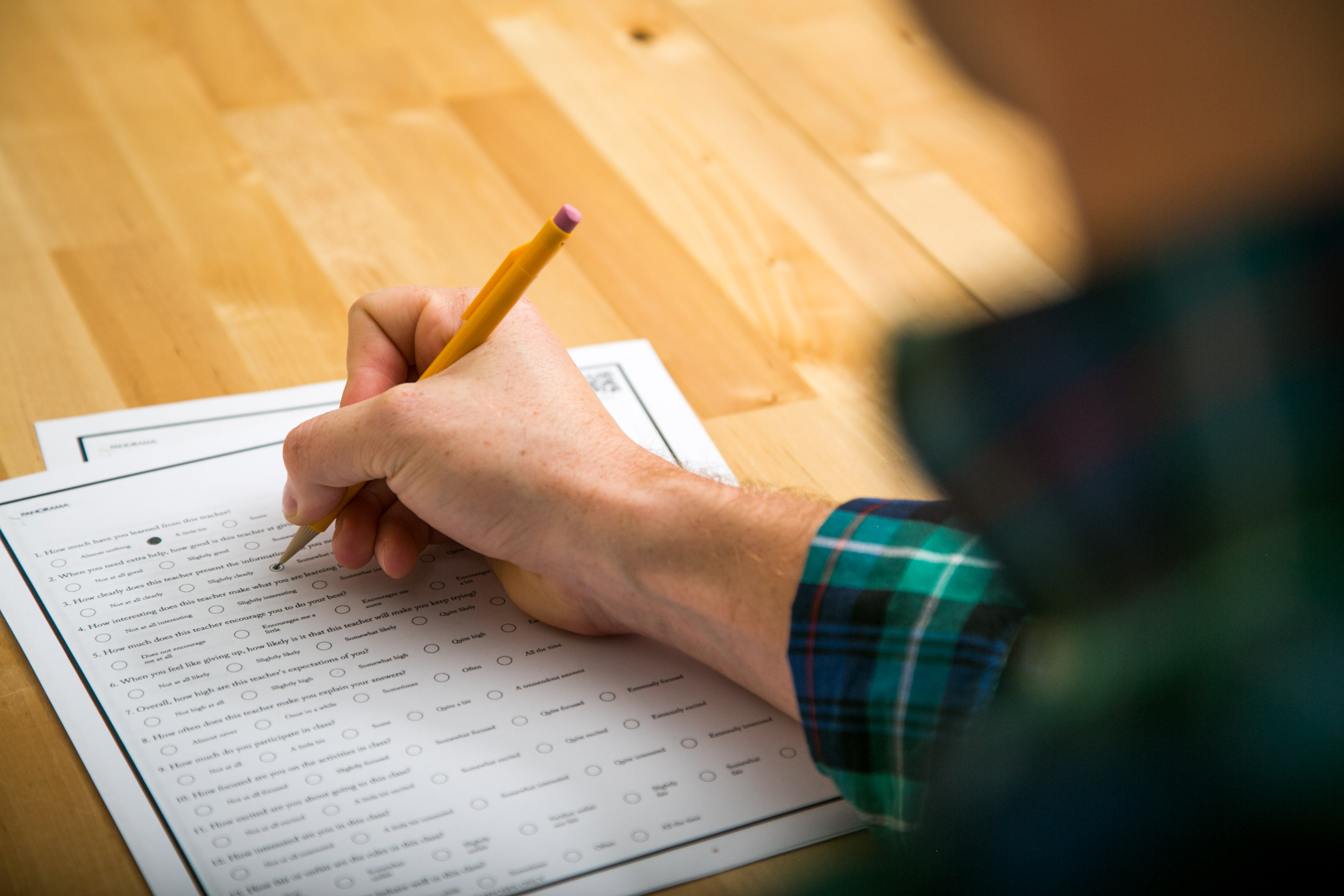What is social emotional learning (SEL) at your school? This year, school and district leaders are rallying teachers, staff, and students around specific facets of SEL that matter for their school communities, and principals and SEL coordinators are establishing common visions for SEL.
One effective way to get a campus or district team on the same page about social emotional learning priorities is to introduce the terminology and reasons why your community is focusing on SEL during a staff meeting or professional development session. But you don’t need to start your presentation from scratch.
We’ve created a customizable SEL presentation you can use to share your school or district’s approach with your team. It’s designed so that you can use the graphics and text that works for your community and modify the presentation to communicate your social-emotional learning priorities, vocabulary, and theories of action. The presentation touches on key research that shows SEL’s positive impact on student outcomes and provides examples of what SEL can look like in schools.
Establishing a Social Emotional Learning Vocabulary and Vision
Since your community is working to achieve shared social-emotional learning goals, you’ll want to present key terms and vocabulary. First, check for understanding among your teachers and staff to make sure everyone uses terms with colleagues and students to reinforce SEL skills and behaviors. Just as it is important to have common understandings of Lexile scores and math standards when striving toward academic targets, your team should have shared definitions of SEL terms and standards. Different districts will want to focus on different areas of SEL. Since the deck is editable, you can use vocabulary that matters in your context.
After establishing that shared vocabulary, the presentation walks your audience through the skills educators can help foster in students, such as growth mindset, self-management, and social awareness, and the supports adults can build in partnership with students, including school climate, student-teacher relationships, and school safety.
The presentation expands on three of Panorama’s 22 SEL measures, using questions from our free, open-source surveys to help your teachers and staff better understand what social-emotional learning looks like in students.
What does SEL mean at your school?
If we effectively work together to grow our students’ SEL skills and supports, then our students will...
- Have increased capacity to do well in school and in life.
- Feel safe to take risks as learners, thereby learning and growing more.
- Build healthy relationships and approach learning with curiosity and excitement.
The slide deck provides a chance for you to present your school or district’s SEL plan. This is an opportunity to convey the theory of action and the reasons why you are committed to SEL that are specific to your community. It’s also a chance to reflect with your teachers and staff on how SEL can be integrated across subject areas and reinforced naturally throughout the school day.
We hope you find the deck useful to spark ideas and to give you a head-start on presenting to your team about your school or district’s approach to SEL. After you use it, connect with us on Twitter @panoramaed with photos and feedback from your presentation. We'd love to share with others how it went!
For real-life examples of effective SEL strategies, download our guide to measuring social emotional learning.





